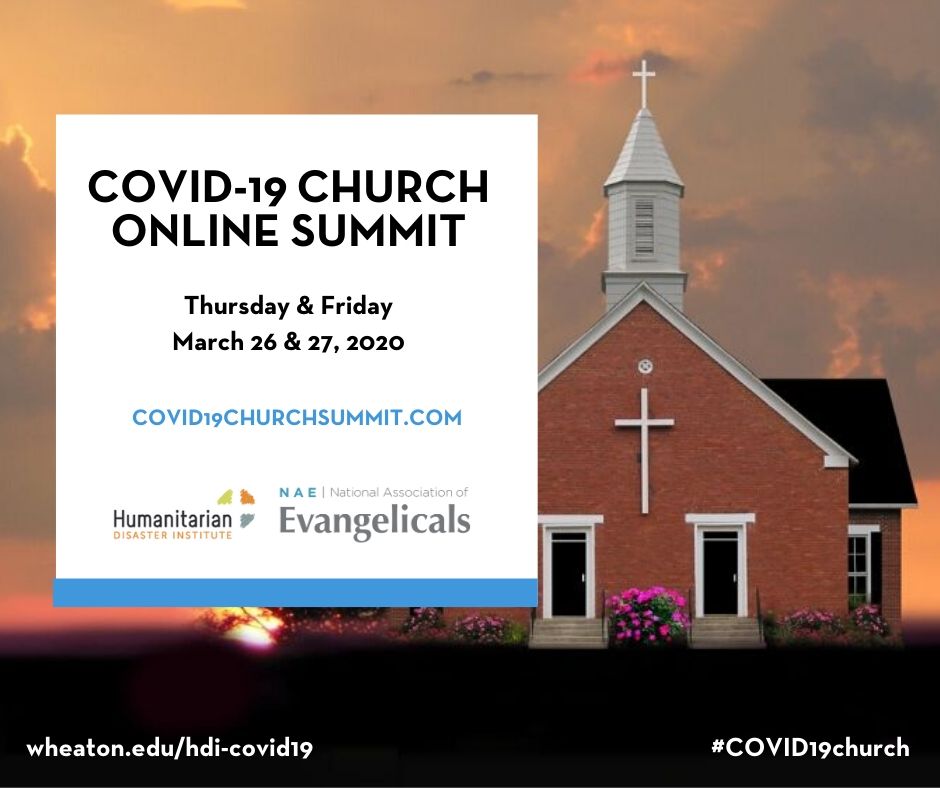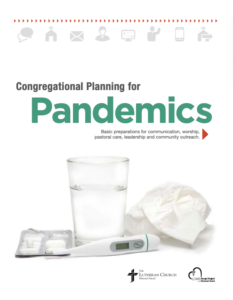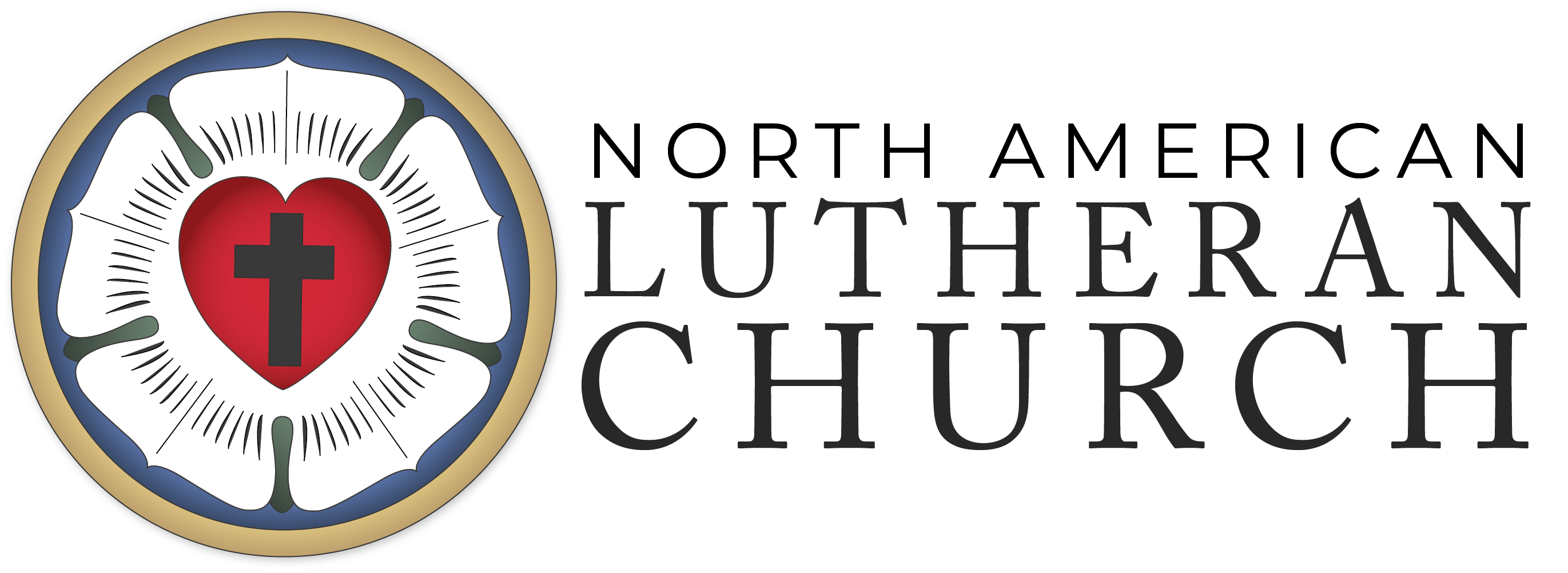


To help your church plan and prepare for the impact of COVID-19, the Humanitarian Disaster Institute at Wheaton College has created this practical, 28-page manual, Preparing Your Church for Coronavirus (COVID-19): A Step-by-Step, Research-Informed and Faith-Based Planning Manual. With biblical wisdom, research insights, and quick, actionable steps, this manual equips all traditions and denominations with a six-step guide for addressing the coronavirus challenges. After downloading, you can edit and save directly in the manual as you prepare your plan. You can also download the Coronavirus Church Planning Template. The manual is now available in Spanish: Preparando a su iglesia para el Coronavirus.

Every Friday at noon (CT), Dr. Jamie Aten and Kent Annan will host a Preparing Your Church for Coronavirus free webinar in partnership with the Humanitarian Disaster Institute at Wheaton College and the National Association of Evangelicals featuring the latest updates on the coronavirus pandemic. View webinar archives.

Join the Humanitarian Disaster Institute at Wheaton College & the National Association of Evangelicals for the COVID-19 Church Online Summit on Thursday & Friday, March 26 & 27, 2020 to learn from leaders around the world about how your church can respond well to the coronavirus outbreak. Learn more and register.

It’s important for every congregation to have a plan in place in the event of an emergency. Congregational Planning for Pandemics: Basic preparations for communication, worship, pastoral care, leadership and community outreach is provided by the Lutheran Church—Missouri Synod. There may be factors unique to your community that this resource can’t foresee, but it will help you in making basic preparations for communication, worship, pastoral care, leadership and community outreach.

The U.S. Centers for Disease Control and Prevention (CDC) have provided this Interim Guidance for Community and Faith Leaders. This guidance is to help community- and faith-based organizations (CFBOs), whose members may include vulnerable populations, plan for community transmission of coronavirus disease (COVID-19) in the United States. The CDC encourages CFBOs to prepare for the possibility of a COVID-19 outbreak in their local communities. Learn more.
Three must-read articles for pastors leading congregations through Coronavirus: In the Praxis Journal, Andy Crouch writes a practical guide for Christian leaders, Love in the Time of Coronavirus. In The New York Times, Anglican theologian Esau McCaulley writes about a Christian response to the Coronavirus. In Christianity Today, David Taylor writes on the challenges of leading online worship in the era of social distancing.
While the majority of NALC congregations have websites, you might be one that hasn’t quite bit the bullet on moving to the web. With the coronavirus hitting all 50 states, now is the time!
David Hahn at the NALC Network has worked with over 50 NALC congregations (of all sizes and capabilities) to build, maintain, and support their websites. A good website is so foundational and so important to your digital communication strategy and methods. We recognize that many (most) of NALC congregations do not have dedicated communication or technology staff, so we have developed a powerful, but very easy-to-use, drag and drop system so you can keep your website updated; and we are always here to help you; fully dedicated to the mission of the NALC and its congregations.
Having a functioning website is the basis to be able to stream services, collect offerings online, and communicate while services are suspended. Contact [email protected] to get started.
As normal worship services are becoming suspended, churches are looking towards video streaming services to stay connected and continue to worship together through use of technology. While many larger churches already have something like this in place for their Sunday services, it is the smaller churches that actually have the biggest problems. “Normal Sized” churches is a term many ecclesiologists use for churches that have 100-300 attendees, and there are a lot of them. Of the (around) 365,000 Protestant congregations in the United States, about 350,000 have fewer than 300 attendees. Most of those churches are too small to build an online campus but too large to gather together during this time of social distancing. Here are some options for churches facing this dilemma:
- Facebook Live, YouTube, and Vimeo are easy ways to broadcast live services instead of meeting, or to provide a way to stay connected for those who need to stay home. Many congregations already have Facebook pages or YouTube and Vimeo accounts. For churches looking to upgrade their streaming quality, there are several fantastic software products that enable your church to live-stream your service to video platforms, including Dacast (free trial), ChurchStreaming.tv (offering 90 days free due to COVID-19), BoxCast, and vMix.
- A really good option, if you’re suspending services completely, is not only encouraging your entire congregation to log in at the same time for a service, but also to give them an opportunity to participate by touching base with each other and benefitting from meaningful fellowship with other believers. One fantastic tool for this is ChurchOnlinePlatform.com (which is permanently free). ChurchOnlinePlatform can take your live-stream (from one of the other services above) and add a live participatory aspect around it through community interaction capabilities. Your members (and visitors!) can log in, watch your service, and check-in with needs and requests during this pandemic!
- The just-released option that we highly recommend for most of our congregations is from Outreach.com. They launched a platform at FreeOnlineChurch.com, to help small- and normal-sized churches immediately plug in their services to an existing platform. It’s free and really simple to use. Setup takes around 5 minutes.
- Kevin Kallsen of AnglicanTV gave this good webinar that provides an overview of streaming church services to Facebook.
- Be advised that a standard license for congregational songs from OneLicense or CCLI will not cover rights and permissions to live-stream the words or music of copyrighted hymn/songs; a special broadcast/streaming license must be purchased. Additionally, anthems, hymn arrangements, and other musical offerings under copyright are not covered by such licenses. These require further permission to broadcast. For this reason, leaders just beginning to explore live-streaming are advised to select hymns and songs in the public domain. Gratis streaming licenses are now available from OneLicense through April 15. This will cover a great deal of copyrighted material (including music from Augsburg Fortress), but you will want to search to find out what is covered.
There are other ways to do streaming well during this time period. Consider having your small groups meet as “house churches” that stream your services together into a home. You could choose to stream just a sermon, and have these house groups pray Morning Prayer together. You could have leaders of these groups pick up consecrated bread once a week from you to distribute when they gather together. This allows for shared community, preaching of the Gospel, communal prayer and support, as well as the Sacrament.
During the persecutions of the first century, the church was forced to meet in homes, often with fewer than 20 people. Those “house churches” networked together to stay in touch, and when possible, gather as one.
For many congregations, it will be enough to publish sermons online and encourage individual prayer in homes. There are many options to post pre-recorded video or audio online for your congregation to use.
If you want those on your website, David Hahn at NALC Network can help. His team will work with your staff and volunteers to help you post sermon recordings. It’s not always easy to get it right. If you are already using the NALC Network website service, this is already built-in. His team is happy to share our knowledge and tools. Contact [email protected] to get started.
Another option is Faithlife Sermons. Whether you are using the Faithlife family of services or not, this is an easy way to get sermons online, and can be embedded into your website or turned into a podcast for your congregants. If you don’t have a website, don’t fear! You can send your congregation to your Faithlife profile to access your recent sermons.
With much conversation on how to provide online services and resources for your congregation, don’t forget about your parishioners who may not have access to the internet. Consider preparing a written version of your sermon and worship materials that can be delivered or mailed to parishioners who may not be able to access digital resources.
One question we’re starting to hear is related to financial giving. Many congregations have the majority of their giving come through the offering plate on Sundays, so what happens when there aren’t gatherings and offering plates? I personally am an advocate for offering plates, and even though I give electronically through my bank, I still place a slip of paper with my name and offering amount in the plate to be taken up during the presentation of the gifts at the Lord’s table. However, with suspended services (and the cautions of postal mailing right now), congregations will have to start looking at enhanced online giving options to continue their mission in this crisis period.
Setting up a service like this is incredibly easy, and congregants can set up recurring giving, which is easy for everyone involved. There are many options, but here are a few that I’ll highlight:
- David Hahn at the NALC Network has developed an online donation and donation management platform called JubileeGIVE and has been rolling it out to many of our NALC congregations using the NALC Network website services. Unlike all other companies offering these services, the NALC Network does not add a transaction fee or percentage on top of what the credit card companies charge you and this will save you 0.7 to 1.0% on each donation. With advance features such as service fee donation, management of unlimited fund designations, recording of off-line donations, and inclusion of all new and modern payment methods such as Apple Pay and Google Pay, this is a great service. Contact [email protected] to get started.
- Two service providers which the NALC has used and can recommend are GivingFuel from Webconnex and eGiving from Vanco Payment Solutions. Both are offering special assistance and possibly special rates during the present national emergency period.
- If you are using the Faithlife family of services, Faithlife Giving is good option, and is waiving fees for six months due to Coronavirus.
- Other well-known options for churches include Pushpay, Tithe.ly, and Qgiv. There are myriad of other options out there, and many are offering special help right now due to the virus, but you will want to compare the fees and features associated with each to determine the right fit for you.
With the virus spreading, many of our parishioners are being laid off indefinitely. Using technology is a good way to continue to steward God’s resources and care for our congregations financially through this time.
Meeting in person really is best. As Lutherans, we believe that something is truly important about physical presence. But given our situation, necessity is creating innovation throughout churches all over the world. The crowds this Sunday may not be big, and maybe they shouldn’t be. But that won’t keep churches from offering hope to a hurting world this week. With that in mind, how do we continue to have meetings, whether it’s the church council, the youth ministry team, a small group, or the quilters’ group? Today, online meeting platforms are all over the place, but there are some exceptionally good ones that are easy to use (and now free) in the midst of Coronavirus:
- When it comes to meeting with teams or an actual small group, Zoom and Skype are fantastic tools. They each enable everyone in the group to hop into a digital meeting room and experience the full fellowship and encouragement of other believers with none of the risk of encountering or spreading COVID-19. It is also worth mentioning that Google made the premium version of their Hangouts app free this week as more people need to work remotely. The NALC staff currently uses a platform with additional features called GoToMeeting.
- If you’re looking to build an instant online community for your congregation with prayer requests, updates, sermons, giving, and small groups all in one place, we recommend using Faithlife‘s free platform. Faithlife is the creator of a number of church products, including Logos Bible Software, and can guide you in taking your church online in under 24 hours with their family of services.
- This webinar from the Anglican Church in North America shows how one diocese uses Zoom to hold council meetings with several people, as well as diocesan conventions with hundreds of people (including voting) — all done online!
Tools like these also enable those who test positive for COVID-19 to participate without feeling guilty. The church should be mission-minded in this regard — this is not merely an opportunity to keep those in your congregation physically safe, but to proactively include those who are ill into the events of your community without them feeling left out or guilty.
David Hahn at the NALC Network has a system for this that is easy to set up and use, and has a special pricing plan for NALC congregations that will make this readily available. It is both low cost and easy-to-use, and his team will do the entire setup for you. They can usually have this up and running for you in 24 hours, so you could be using this digital tool yet this week. Just give them your list as a .csv or spreadsheet and they will do the setup. SMS (text) messaging is, by far, the most effective short-form communication tool. Even with all the programs, apps, and variety of social media channels, the reports show that simple SMS (text) is a very effective way to stay in touch and communicate with everyone, and there are even additional options that include email messaging and integration into your website. Contact [email protected] to get started.
If you are using one of the many online giving platforms mentioned above, check with your provider. Many of those platforms also have built-in features for text and email.
While much of this list is to help our congregations continue to connect and worship during COVID-19, I want to encourage you to think about the ways you could use technology during this time for missional opportunities. Use this time to build relationships; be present and facilitate support and reassurance. People are looking to us for security and hope, for some rationale for optimism.
Use your time, gifts and passions to serve the community. For instance, start a prayer team. Use the tools above to meet online for prayer, praying for neighborhoods, businesses, people you know who are struggling, the places around the world where COVID-19 is beginning to hit.
Create a crisis response team to serve the needs of the most vulnerable in your community who may not be able to leave the house. If you’re a teacher, consider creating an online curriculum for families, including a daily devotional and activities for kids to stay connected. If you have shut-ins, organize a team to make daily calls to check in and bring resources when necessary.
As a congregation, I would encourage you to sign up for NextDoor, a social media platform for local neighborhoods, so that you can connect digitally to those around you. Even in times of social distancing, we can safely reach out in mercy and love to those who do not attend our congregation. NextDoor allows you to “meet” your neighbors online and has special tools for neighborhoods to help each other during the Coronavirus pandemic. Imagine the opportunity that the church has right now that did not exist a month ago! God is calling his people to be a blessing and, most importantly, to provide hope to those who are fearful.
Note: The recommendations above are not official endorsements by the North American Lutheran Church, but are sole recommendations of the author.
 For more information, contact the Rev. Andrew Ames Fuller, director of communications for the North American Lutheran Church and an ordained deacon in the Anglican Church in North America.
For more information, contact the Rev. Andrew Ames Fuller, director of communications for the North American Lutheran Church and an ordained deacon in the Anglican Church in North America.
